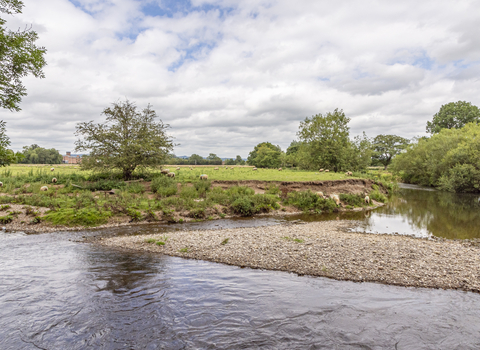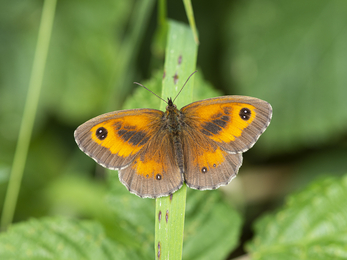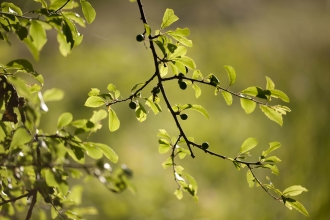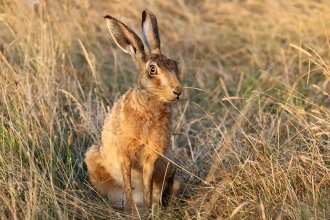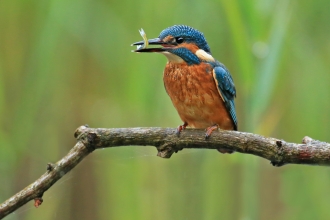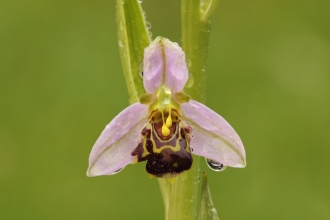A £4.7m project for the Trent Valley in Staffordshire and Derbyshire
Staffordshire Wildlife Trust was the lead partner of the Transforming the Trent Valley Partnership, a collection of charities, local authorities, statutory bodies and businesses working together to connect communities, support local action, and restore and enhance the natural environment and cultural heritage of the Trent Valley.
Find Out More
Through a series of projects the partnership worked together to Transform the Trent Valley between 2019 and 2024. To discover more visit our Projects pages, which are continually being updated and added to.
You can also receive all the latest news and updates by following us on X.com @TheTrentValley , Instagram www.instagram.com/thetrentvalley or by liking our Facebook page www.facebook.com/thetrentvalley
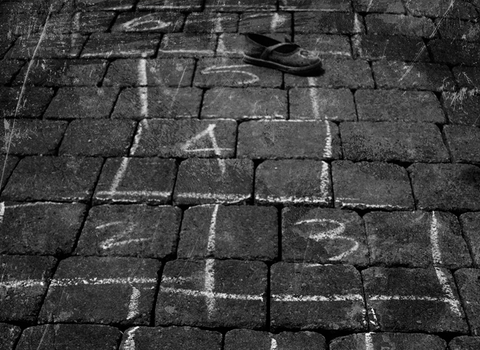
Remembering childhood memories: Tales from the Riverbank
This creative oral history project reignited people’s enthusiasm and connection with rivers. Working with specialists in oral history and storytelling along with local young people, we have gathered people’s recollections and thoughts about the past, present and future of the Trent Valley.
Brereton Volunteering Youth Group, Vysions Youth Service, Willington Scouts and Winshill Youth Club have all been involved in creating films, sound, oral history recordings and artworks that celebrate what is unique about the Trent Valley, from brewing to beavers and cooling towers to kingfishers. We involved more than 40 people who live or work near the river or who are part of local community group and visited lots of places along the river too including Burton Washlands, the Trent and Mersey Canal and Willington Wetlands. The landscape and stories created in collaboration with local artists were also made into an exhibition which toured around Staffordshire libraries.
The 15 minute films showcase the audio and visual footage collected over the year: www.thetrentvalley.org.uk/projects/tales-from-the-river-bank
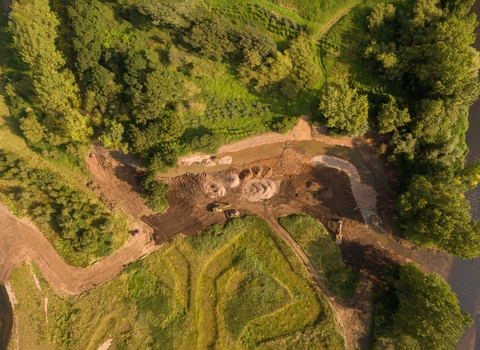
A view of the Cherry Holme site showing the restored palaeochannel immediately after being reconnected to the River Trent. © 2021 Transforming the Trent Valley (Photo by FreshFX).
Cherry Holme: A natural river island restored for wildlife
The restoration works undertaken in September 2020 have reinstated a seven-hectare river island by restoring a palaeochannel to the west of the River Trent at Cherry Holme, located between Catton Estate and Barton Quarry.
The restored palaeochannel includes features which would be present along a natural channel but are largely missing on the River Trent due to a long history of dredging, straightening and over management. These features include deeper pools and shallower, faster-flowing riffles which are essential habitats for fish, invertebrates, and plants.

